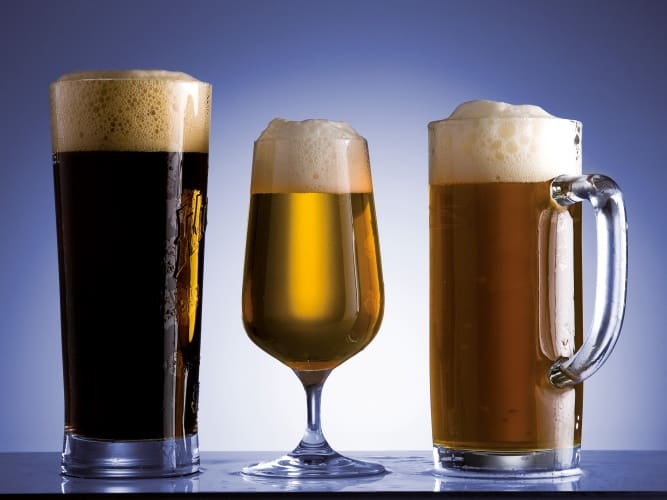
Alcohol in non-alcoholic beer is subject to strict inspection. A reliable method is needed to exactly determine the remaining small amounts of alcohol. The maximum admissible amount of alcohol in non-alcoholic beers is an important quality control parameter. In some countries the legal limit is 0.5 per cent of volume (vol.-%), in some other countries even less than that.
There are several proven methods used in quality control laboratories for the determination of low alcohol concentrations in beer. One of them is the density measurement of the distillate and conversion of the density result in vol.-% of alcohol according to the OIML alcohol table. This method is applicable for alcohol concentrations from 0.8 vol.-%. Gas chromatography is an approved analysis method for the selective determination of very low alcohol concentrations starting from 0.007 vol.-% in the headspace of non-alcoholic beer.
When comparing density measurements of the distillates and GC headspace analysis, the density-based alcohol result was always lower than the GC result. The alcohol measurement of the distillate with near infrared (NIR) spectroscopy with an Anton Paar Alcolyzer is as simple as density measurement. As the distillate is investigated, it is also suitable for alcohol concentrations below 0.5 vol.-%.










Invinity to build 20MWh flow battery in UK
A surprising comment for someone who (I think you´ve said in the past) worked in the industry. National Grid have a variety of reserve service schemes...